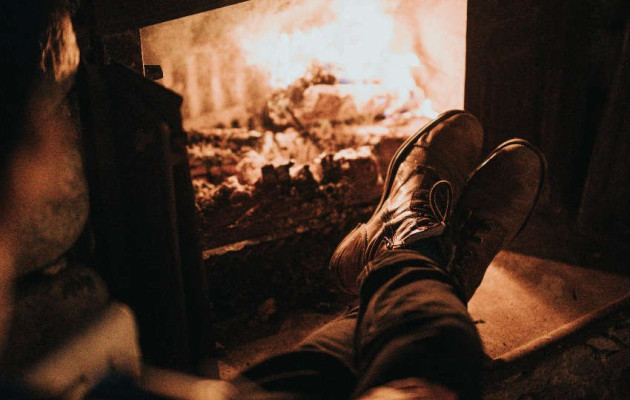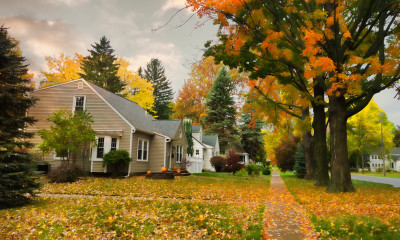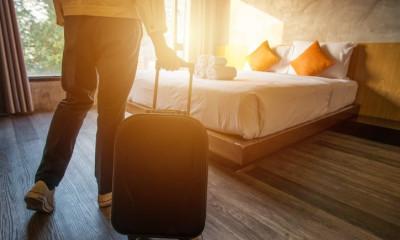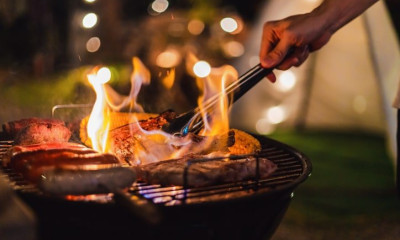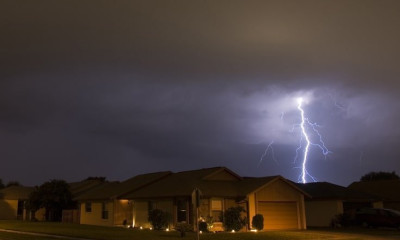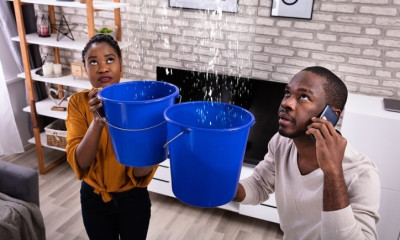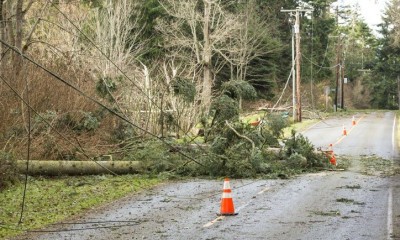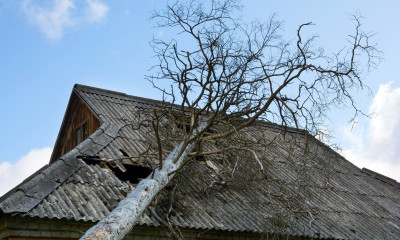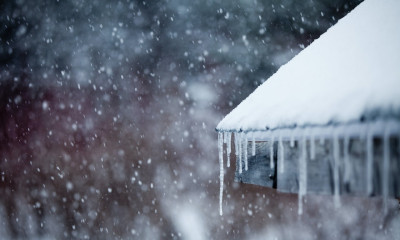4 Ways To Prevent Autumn Chimney Fires & Property Damage
Crisp fall weather has our team craving delicious cider and crackling fires. How about you?
As you prep your fireplace or wood stove for the season, and look for the proper fuel, be sure to use dry, seasoned hardwood or logs approved by the Chimney Safety Institute of America (CSIA). They’re your safest options to burn in your fireplace or wood stove to minimize the chance of a chimney fire.
But that’s just one tip for fireplace, wood stove, and chimney safety.
Do you know that there are actually 25,000+ chimney fires every year in the U.S. — and that they cause over $125 million in property damage?
Why leave yourself, family or employees out in the cold with unwanted property damage or property loss from a chimney fire? Here are four effective steps to take (especially before the holidays) to prevent this from happening:
1. Have a certified pro inspect your chimney every year.
Before you think Mary Poppins, know that the best option is to hire a chimney sweep certified by the Chimney Safety Institute of America. They will inspect your chimney, fireplace or wood stove, and overall venting system and inform you of any damage. They can also get rid of creosote, soot, animal nests, and other obstructions.
2. Clean out creosote build-up (and soot and those other obstructions, too).
Creosote is a dark brown or black flammable tar that forms on the walls of your chimney when wood smoke and vapor travel up from the hot fireplace or wood stove to the cooler areas of the chimney. A thick enough build-up with a hot enough chimney flue and the creosote can ignite into a chimney fire.
So swipe an index finger on the inside of the chimney wall. If there’s more than ⅛’’ of creosote on your fingertip, it’s time for a cleaning. Your certified chimney sweep can do this by cleaning not only the firebox and flue but the flue liner, too.
3. Insulate your flue liner.
The flue liner is the layer between the flue and chimney walls. If left uninsulated, the flue can become too cool and encourage fire residue to condense and turn into creosote. You can pour an insulation mixer into the space between the flue liner and flue. Or you can wrap the flue liner in a heat-resistant insulation blanket.
4. Make safe fires.
With creosote gone, your chimney clean, and your flue liner insulated, it’ll be up to you to make safe fires in your indoor fireplace or wood stove. For example:
- Do not use gasoline or kerosene as fire starters — they’re combustible and can leak and spread without you realizing it before you strike the match.
- Do not use cloth or clothing as kindling — they create too much smoke, which may overflow into your living space.
- The same goes for magazines and cardboard, which can emit toxins when burned. Do not burn these materials.
- Make sure the damper is open for adequate airflow.
Contact a Licensed Public Adjuster for Fire Damage
Our fire adjusters hope you have the coziest of autumn weekends this year and every year. If you’d like more insight on protecting your home, business or commercial property from disasters, please contact our team at Adjusters International / Basloe, Levin & Cuccaro. And, if the unfortunate does happen and you experience sudden property damage, know that you can have a team of insurance pros advocating for you and getting you more from your insurance settlement, sooner.

